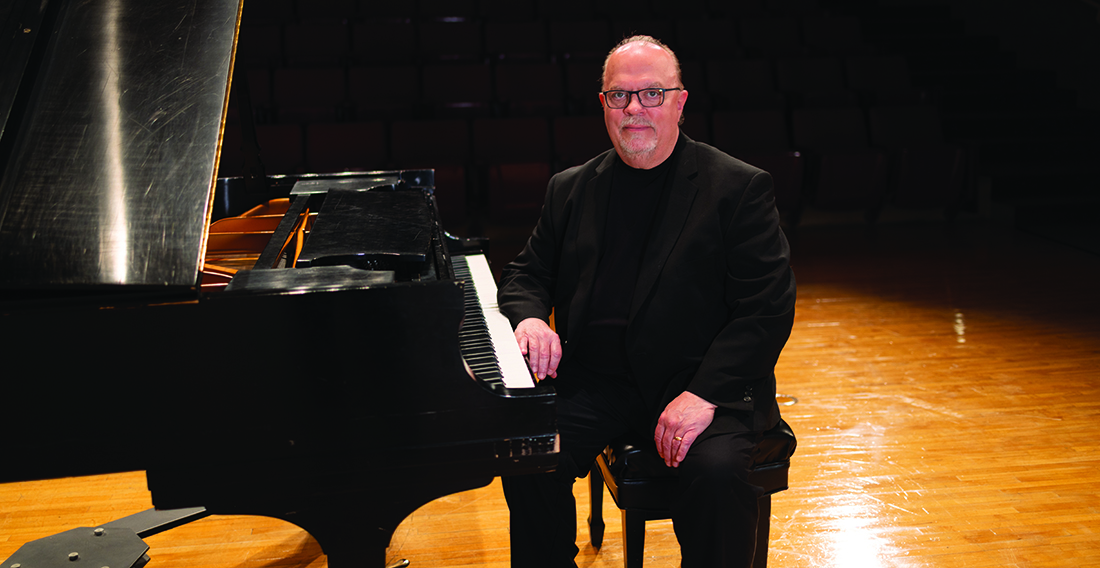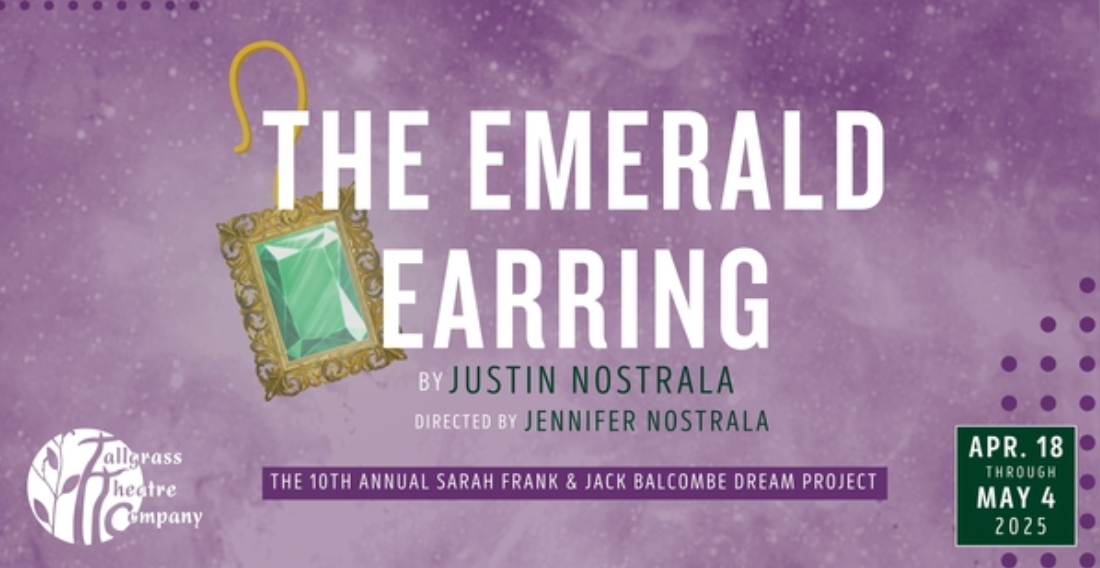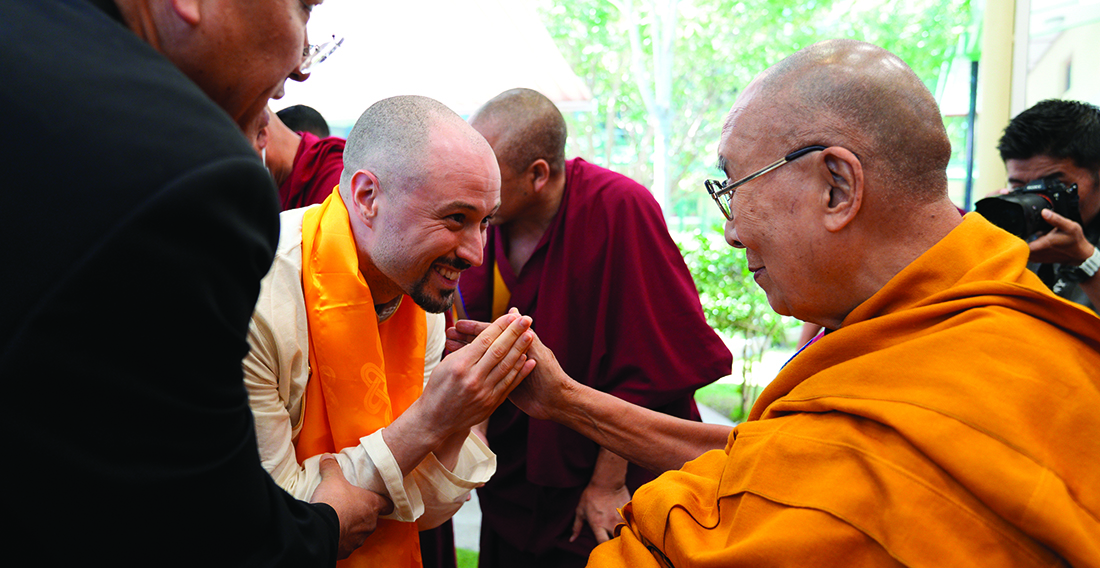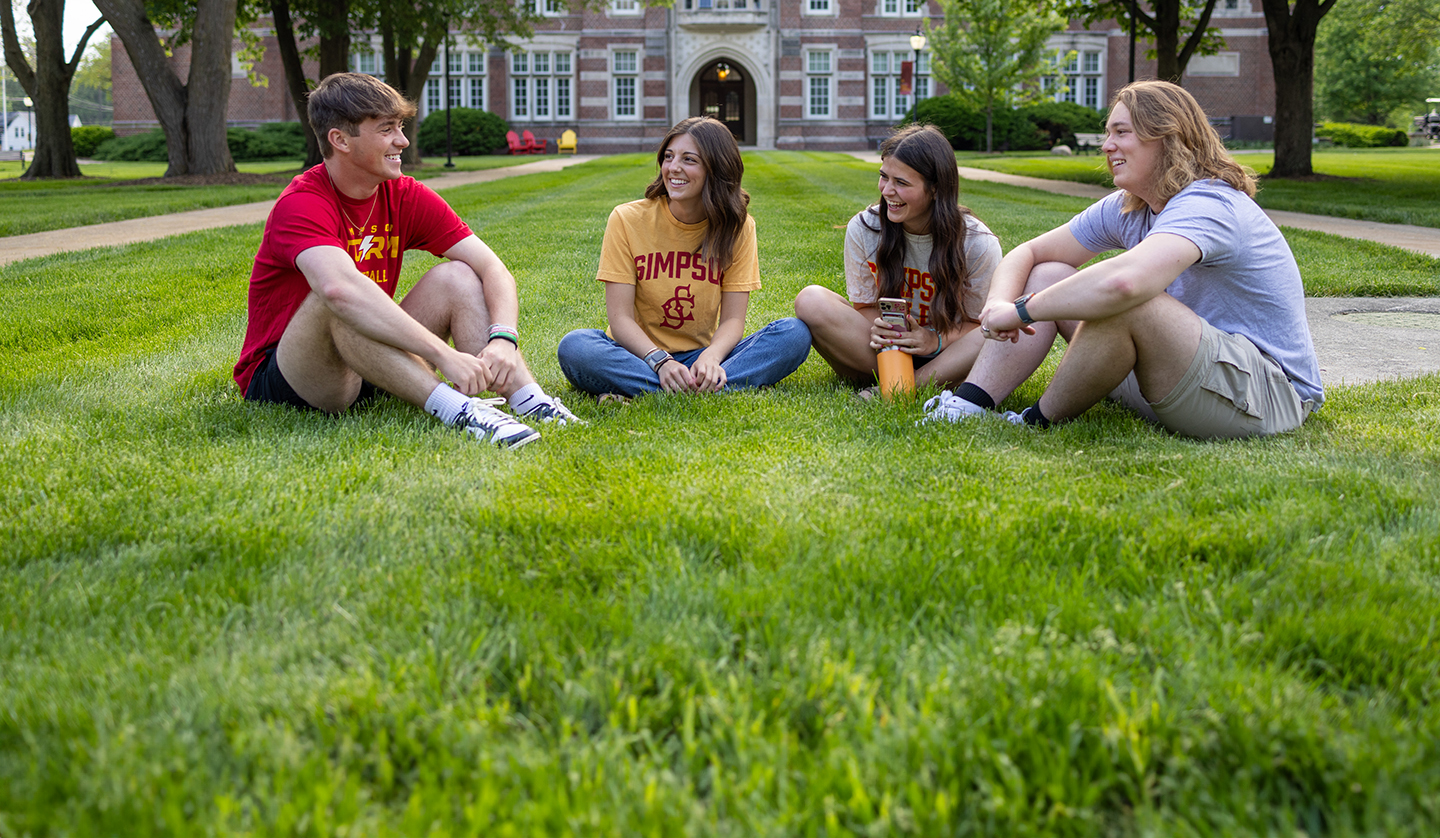Nearly 60 Years Later, a Discovery Unites Two Generations of Students
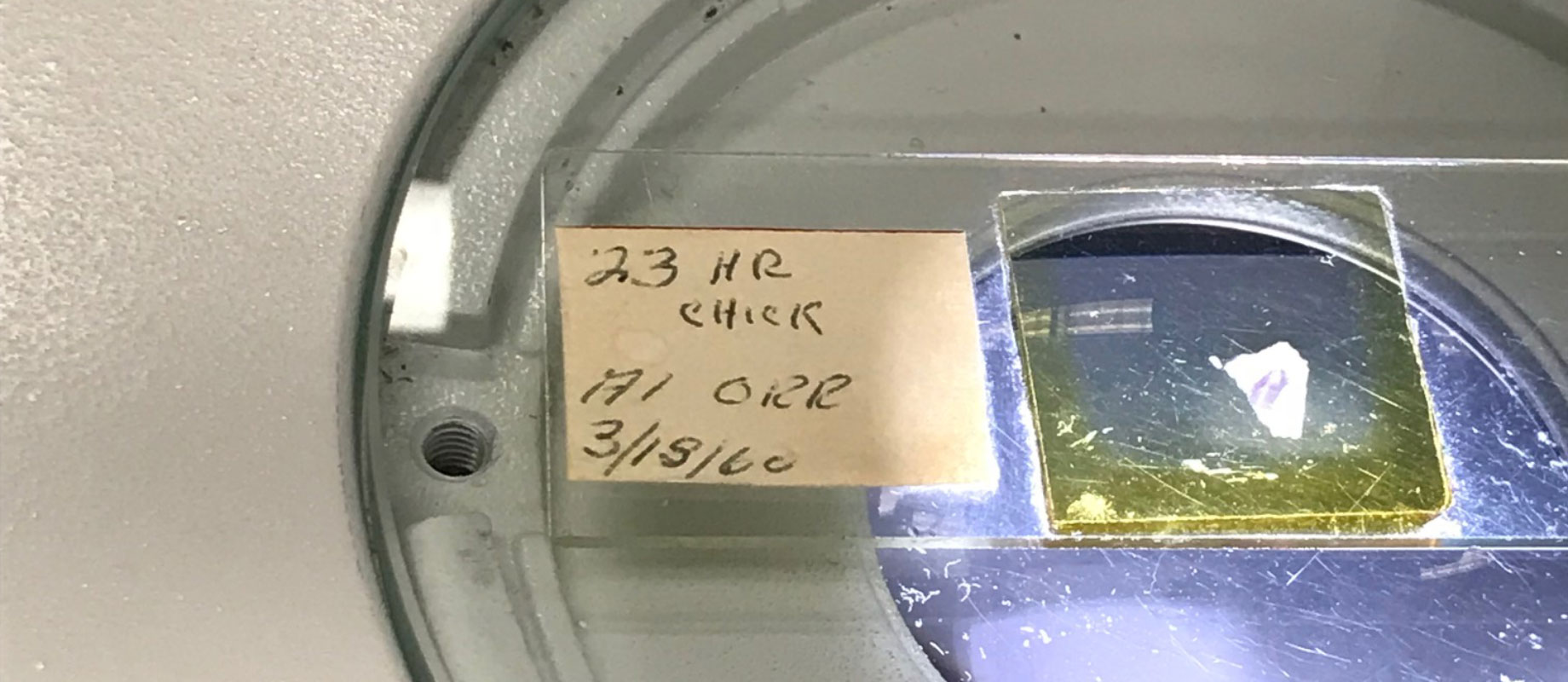
Be careful what you throw away in a biology lab.
You never known what you might find.
Jackie Brittingham, a professor of biology of Simpson, was looking through a box of slides that had been left behind and stored by a previous embryology professor. The slides had been produced by students in the 1950s and ‘60s.
Written on one slide of a chicken embryo was the student’s name and year he had completed it: Al Orr 3/13/60.
Brittingham thought little of it.
That was about two years ago. Last fall, Brittingham was assisting Samantha Wuebker, now a junior from Milford, as she was putting together her proposal for a research scholarship.
The Alan and Karen Orr Research Award.
Was this possible? Was the slide Brittingham discovered two years ago produced by the same Alan Orr who now sponsored the research award?
It was.
“It’s a pretty remarkable series of events,” Brittingham said.
Orr, who graduated from Simpson in 1961, puts it this way: “That’s pretty cool.”
He remembers studying under Margaret Watson, who taught embryology. Orr was so excited about the subject he read the textbook that Watson had assigned before the class even started.
“The work in that course really sparked an interest in embryology,” he said.
It’s an interest that led Orr to teach at the University of Northern Iowa for 33 years, retiring in 1998. Asked about the prospect of his slide being used in a class that inspires a student to a lifetime of embryology research, he replied, “That would be nice.”
Wuebker received the Orr Scholarship, provided annually to a student doing hypothesis-driven research in the sciences. She now takes a class with Brittingham in which students have examined Orr’s slide.
“It kind of brings everything full circle, in a sense,” she said. “People came here and they want to give back to the community. It’s amazing to see how they’re continuing to make a lasting impact with the school. We’re still using slides that were prepared in the ‘60s. It’s still benefitting us today. It sounds crazy, but it’s like you’re kind of immortalized at Simpson College.”
Casey Spring, a sophomore from Denver majoring in biochemistry, pondered the possibility of a slide she produced being viewed by students in, say, 2078.
“It’s so cool that something I do now, someone in the future could learn from,” she said.
Brittingham said it’s not that Orr’s slide depicted anything unusual – chicken embryos are still chicken embryos – but technology has changed greatly. Students today can use a computer tablet connected to a microscope, transfer the image to their cell phone and study it whenever they want.
“It also allows us to pause and think about how Simpson students have been doing this for a long time, and they can continue to go on and learn about the human body,” she said.
The slide discovery excited Orr, Brittingham and a new generation of students. But Orr said one party may not be all that impressed:
“The chicken doesn’t know about this.”
Article Information
Published
November 16, 2018
Author
Office of Marketing and Strategic Communication

